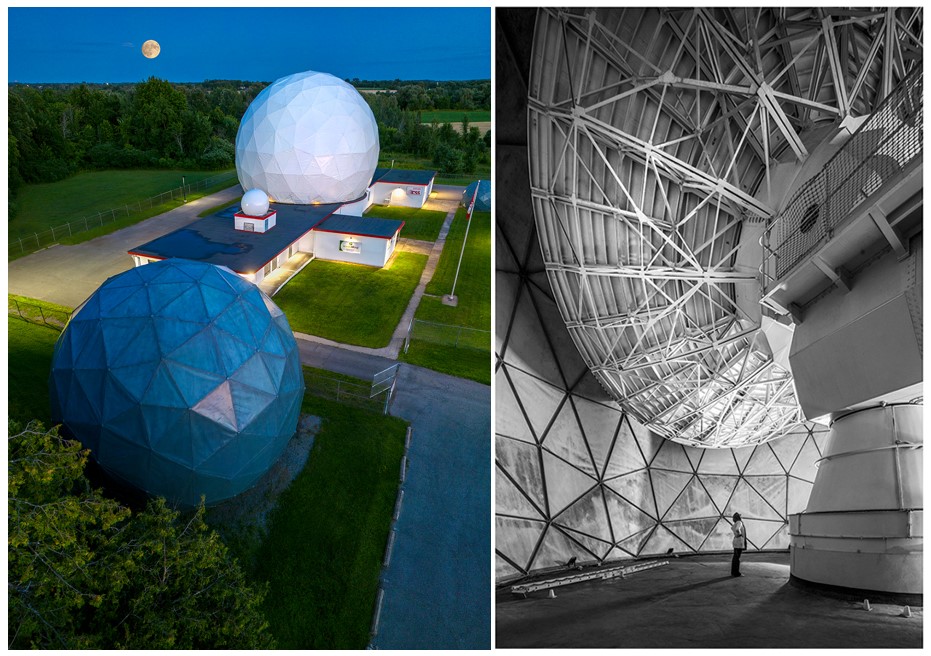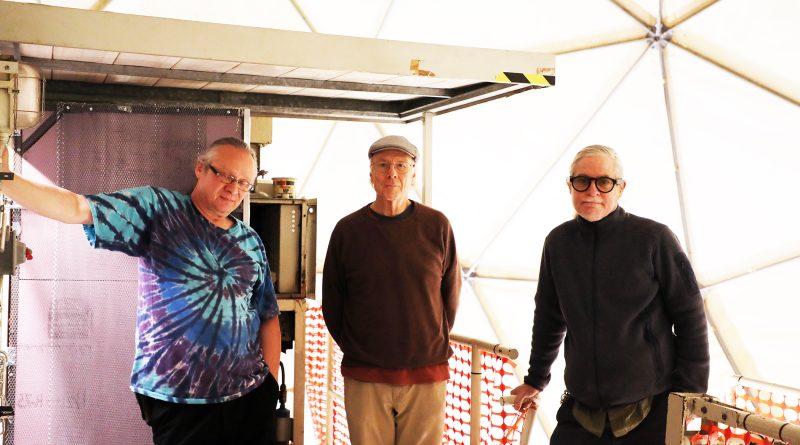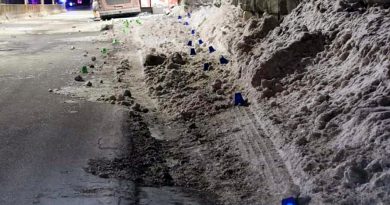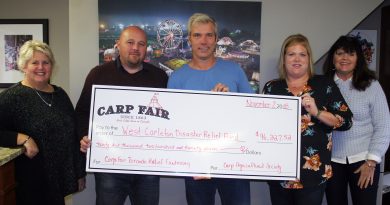CCERA shares the galaxy at Carp summer camp
By Jake Davies - West Carleton Online
CARP – See the stars up close this summer with the Canadian Centre for Experimental Radio Astronomy’s (CCERA) summer camp held at one of the most interesting buildings in West Carleton complete with a fully operational radio telescope.
“The CCERA has successfully converted a former 12.8-m NATO satellite dish to a highly capable radio telescope,” CCERA member Dr. Dan Marlow told West Carleton Online last week (May 22). “The dish is located at CCERA’s observatory in Carp, a short drive from the Diefenbunker Museum.”
Radio astronomy is a subfield of astronomy that involves radio astronomers using radio telescopes (similar to the one in Carp) to observe the naturally occurring radio waves that come from stars, planets, galaxies, clouds of dust and molecules of gas. In fact, radio astronomy is how the Big Bang theory was discovered.

The CCERA has installed a completely modern servo-motor system, capable of pointing to and tracking astronomical objects with a precision better than 1/10 of a degree.
“The dish is outfitted with a state-of-the-art receiver system that is capable of receiving the faint 21-cm signals emitted by the hydrogen gas that comprises 10 per cent of most galaxies,” Marlow said. “Initial checks using the sun as a calibration source confirm that things are working well.”
During the summer camp, the group plans to carry out a systematic study of the Milky Way, and to look for signals from other galaxies.
“Also on the list is the observation of pulsars, which are neutron stars formed in the collapse of massive stars,” Marlow said. “Closer to home, CCERA plans to add the capability to receive signals from the Artemis 2 lunar probe, which is slated to carry Canadian astronaut Jeremy Hansen to the moon in 2025.”
The first detection of radio waves from an astronomical object was in 1933, when Karl Jansky at Bell Telephone Laboratories reported radiation coming from the Milky Way. Subsequent observations have identified a number of different sources of radio emission. These include stars and galaxies, as well as entirely new classes of objects, such as radio galaxies, quasars, pulsars and masers. The discovery of the cosmic microwave background radiation, regarded as evidence for the Big Bang theory, was made through radio astronomy.
The CCERA will be hosting a two-week summer camp for aspiring young radio astronomers in late July of this year. The camp will consist of a series of informal lectures on the technology and science of radio astronomy as well as hands-on exercises, where participants will learn to operate the dish and analyse its data using the Python programming language.
Participants will meet five days a week (M-F from 10:00 AM to 4:00 PM) over a two-week period. Session activities will include seminars led by an experienced instructional staff (see below), firsthand instruction on how to select astronomical targets and to operate the telescope, and sessions where participants work independently or in small groups to analyze data from the dish. Participants who successfully complete the rotation curve exercise will be able to design and conduct observations on topics of their choosing.
Possible observations include observation of 21 cm signals from other galaxies, the observation of signals from radio pulsars, and a measurement of the Sun’s velocity relative to nearby stars. No previous knowledge of astronomy is necessary.
The fee for the program will be $750. Participants should be in possession of a portable computer running Windows, MacOS, or a standard flavor of Linux. All software used on the course is open source and will be provided at no cost.
The camp will be held at the site of the dish in the CSS Building Observatory, 2336 Craig’s Side Rd,, Carp.
West Carleton Online visited the CCERA as they were refurbishing the radio telescope last fall, and you can read that story here.
Individuals interested learning more about the dish or joining the CCERA should contact info@ccera.ca or click here.












